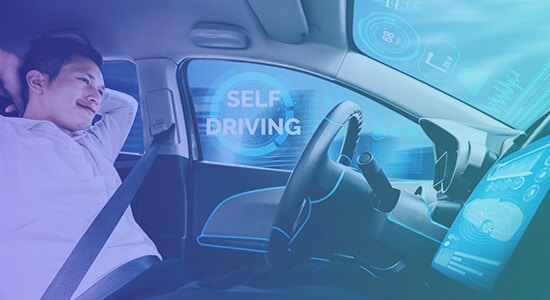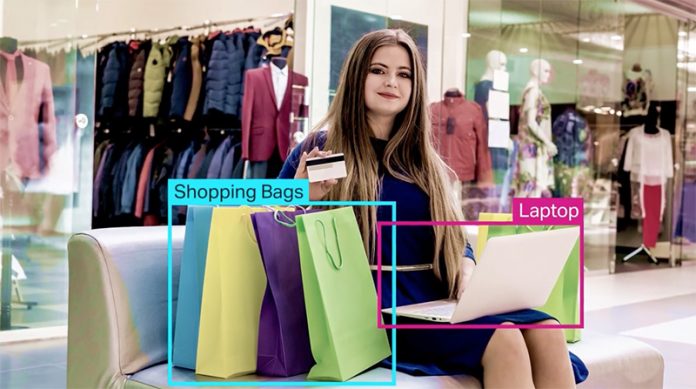By Vatsal Ghiya
Imagine waking up one fine day and seeing all your kitchen containers market in black, blinding you towards what’s inside. And then, finding sugar cubes for your tea will be a challenge. Provided, you can find the tea first.
AI and ML models somewhat perceive data similarly. For them, random data sets are like opaque kitchen containers, and only labeling makes them relevant for use. This is where data annotation comes as a major resource, allowing companies to feed in connected data sets, which make sense to the use case at hand.
And just to make things a tad simpler, data annotation can be broadly segregated into text, audio, image, and video annotation, which brings us to another pressing matter at hand. That is, which form of annotation is good enough to train visually perceptive models.
In comes Bounding Box Annotation.
What is Bounding Box Annotation?
For starters, Bounding Box annotation is one of the primary forms of image annotation, where object-specific data is fed by outlining the entities in the first place. Put simply, bounding boxes are more like standard 2D rectangles that assist with referenced object detection in training Computer Vision models to perfection.
Relevance of Bounding Boxes for Object Detection
Confused as to how Bounding Box Annotation works in real-time, and how is it even relevant in training intelligent models? Well, imagine that you want to train a standard self-driven car but are unsure about proceeding. This is where Bounding Boxes come into play by helping the model-relevant algorithms pick up insights related to object detection.

While intelligent CV models also need to rely on object localization, involving landmark annotation, line segmentation, and more, bounding boxes for object detection is always the first step towards perceptive training.
Bounding Box Annotation: Use Cases that Matter
To understand this elementary form of image annotation better, it is necessary to take a look at the following use cases:
1. Self-Driven Cars
Have you ever imagined how autonomous vehicles can actually steer clear of pedestrians, street signs, traffic lights, and other entities on the road and even beyond? Large volumes of training data, prepared using Bounding Box annotation, are fed for the intelligent algorithms to take note of.

But then, opting merely for bounding box image annotation isn’t going to make you self-driven car intelligent. You also need to connect with experienced data annotators that would focus on the versatility and extensiveness of the training data.
2. Ecommerce and Retail
If you are a persistent online shopper, you would be able to relate better to the data annotation work that goes behind the scenes. Every time you type in to search for a product, it shows up accurately, validating the versatility of the bounding box annotation technique.
Coming to the process, eCommerce platforms regularly list thousands of new products, and therefore, feeding them with large, accurate, and dependable volumes of bounding box training data is essential to minimize search-related disparities.
Also, Bounding Box annotation in the retail sector also boasts of the following benefits:
- Improved search accuracy
- Reliable cataloging
- Incremental digitization
- Organized supply chain management
- Accurate automated shipping
- Correct image tagging for in-store innovation
3. Insurance Claims
Artificial Intelligence in insurance? Sounds too good to be true, right! Well, it isn’t as Bounding Box image annotation has actually made it easier for the insurance companies to identify the damage and the extent of the same, for processing claims, as per the set guidelines.
Wrap-Up
The scope of image annotation, in regards to Computer Vision models and perceptive projects, is appropriately vast. Starting from the implementation of Semantic Segmentation, Landmark annotation to even the more advanced Polygon Annotation, annotating data for visually impactful models must be delegated to credible and experienced service providers for unmatched accuracy.
However, if you aren’t cut out for these advanced data annotation techniques, Bounding Boxes can be a good way to start image annotation and train entry and mid-level models to perfection. But then, before you move ahead with the delegation, ensure that the service provider has resources in place to minimize box overlap, improve pixel-perfect collation, and take different box sizes into account.
About the Author

Vatsal Ghiya is a serial entrepreneur with more than 20 years of experience in healthcare AI software and services. He is the CEO and co-founder of Shaip, which enables the on-demand scaling of our platform, processes, and people for companies with the most demanding machine learning and artificial intelligence initiatives.



































